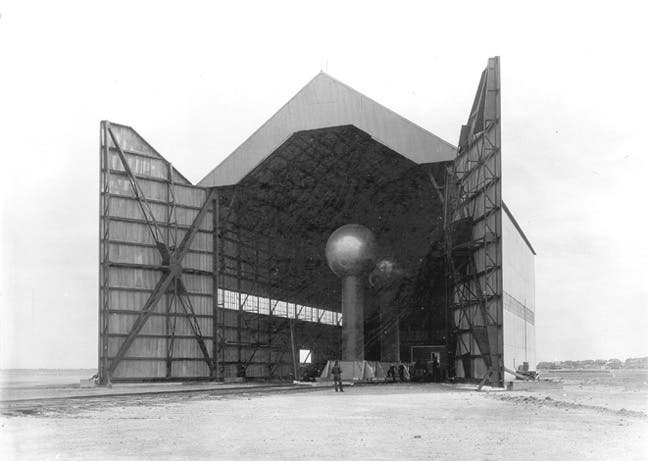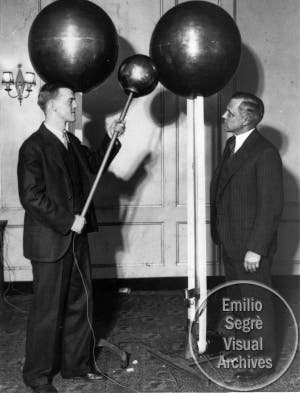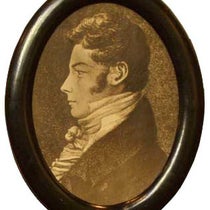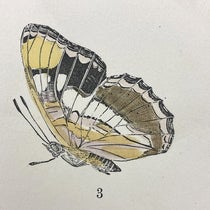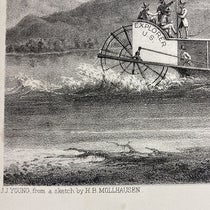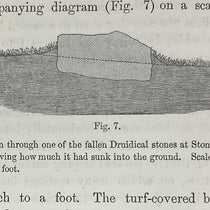Scientist of the Day - Robert Van de Graaff
Robert Van de Graaff, an American physicist, was born Dec. 20, 1901. In 1929, Van de Graaff invented an electrostatic device capable of generating extremely high voltages. Considering that his very first machine could produce potentials of 80,000 volts, it was surprisingly simple. It had a vertical moving rubber belt that ran around two glass rollers (see diagram, third image). A motor drove the belt, and there were metal brushes, like combs, at each roller. Electrons accumulated on the belt at the upper roller and were “brushed off” at the lower roller, leaving a net positive charge on the large metal sphere that surrounded the top roller. This charge would build as the belt kept turning. That was all there was to it. The lower roller was connected to ground, so if one stood on the ground and approached the sphere, it would discharge itself with long snapping sparks, which are quite dramatic, but relatively harmless, because of the low current involved.
The Van de Graaff generator, as it came to be called, was used to drive the very first particle accelerators in the 1930s. In 1933, Van de Graaff built a generator at MIT that had two spheres, was forty feet tall with 48-inch-wide belts, capable of generating 5 million volts. It was housed in a former dirigible hangar at a site called Round Hill, which lent its name to the generator.
When Van de Graaff generators were later superseded as accelerators by cyclotrons, the Round Hill machine was given to the Museum of Science in Boston, where it has remained in operation, delighting generations of visitors. It is the largest operating Van de Graaff generator in the world. There are many poor videos on YouTube that demonstrate the operation of table-top Van de Graaff generators, but here is one that is not bad, with a segment on the Museum of Science machine, showing the healthy sparks that it can generate.
The last photograph shows Van de Graff, on the left, demonstrating a model of the Round Hill machine in 1931 to Karl Compton, president of MIT, and the man who persuaded Van de Graaff to come to Cambridge to build his giant machine.
Dr. William B. Ashworth, Jr., Consultant for the History of Science, Linda Hall Library and Associate Professor, Department of History, University of Missouri-Kansas City. Comments or corrections are welcome; please direct to ashworthw@umkc.edu.


